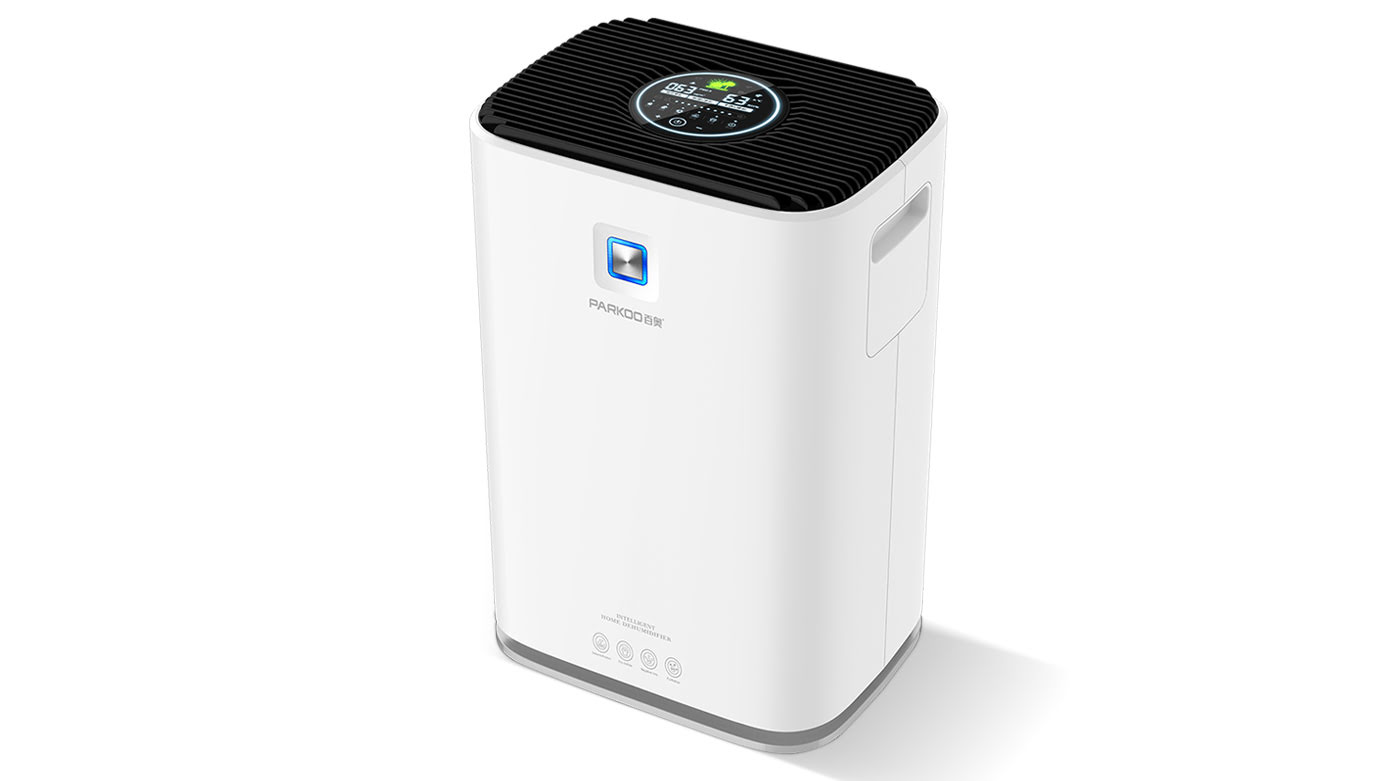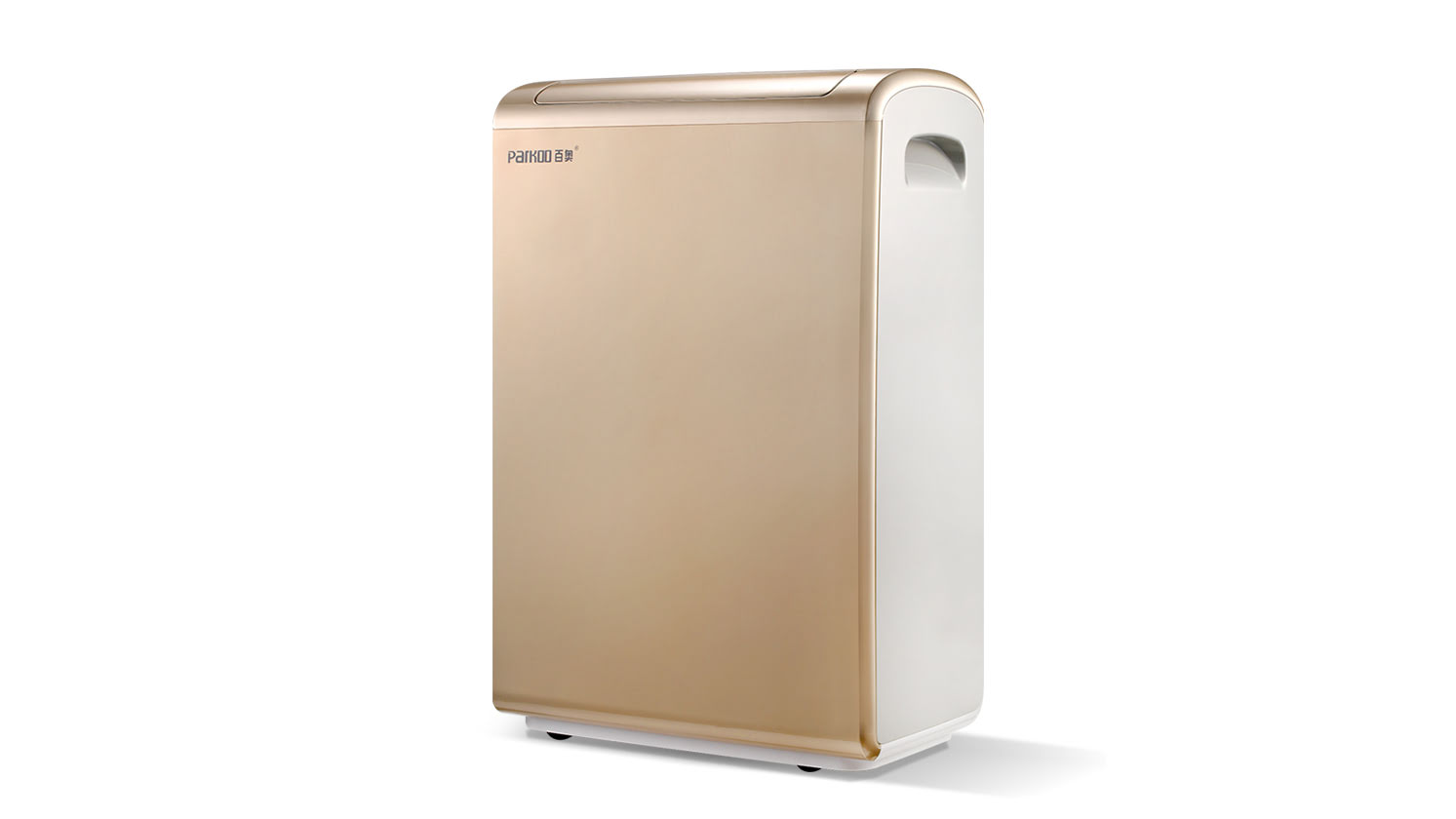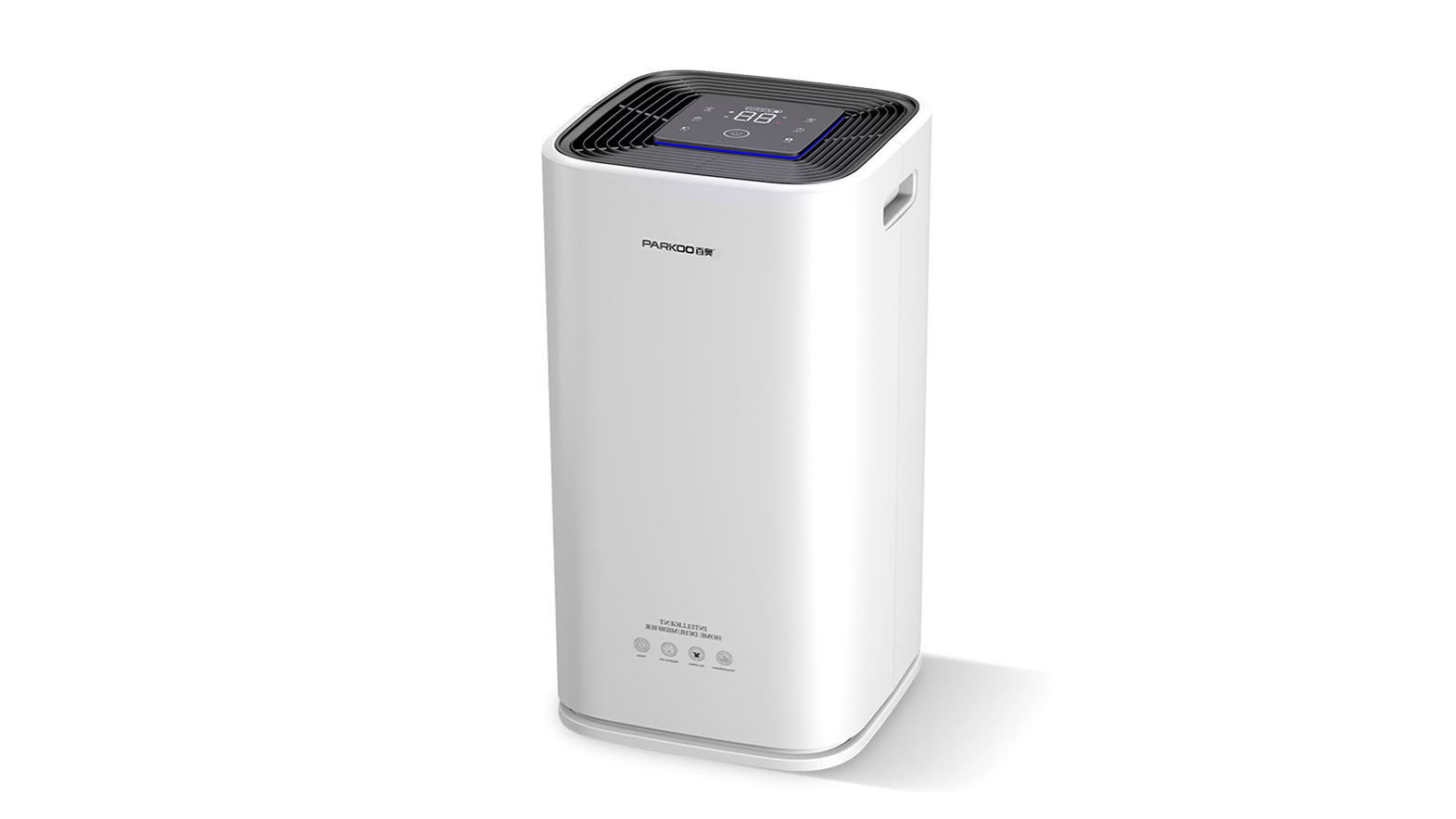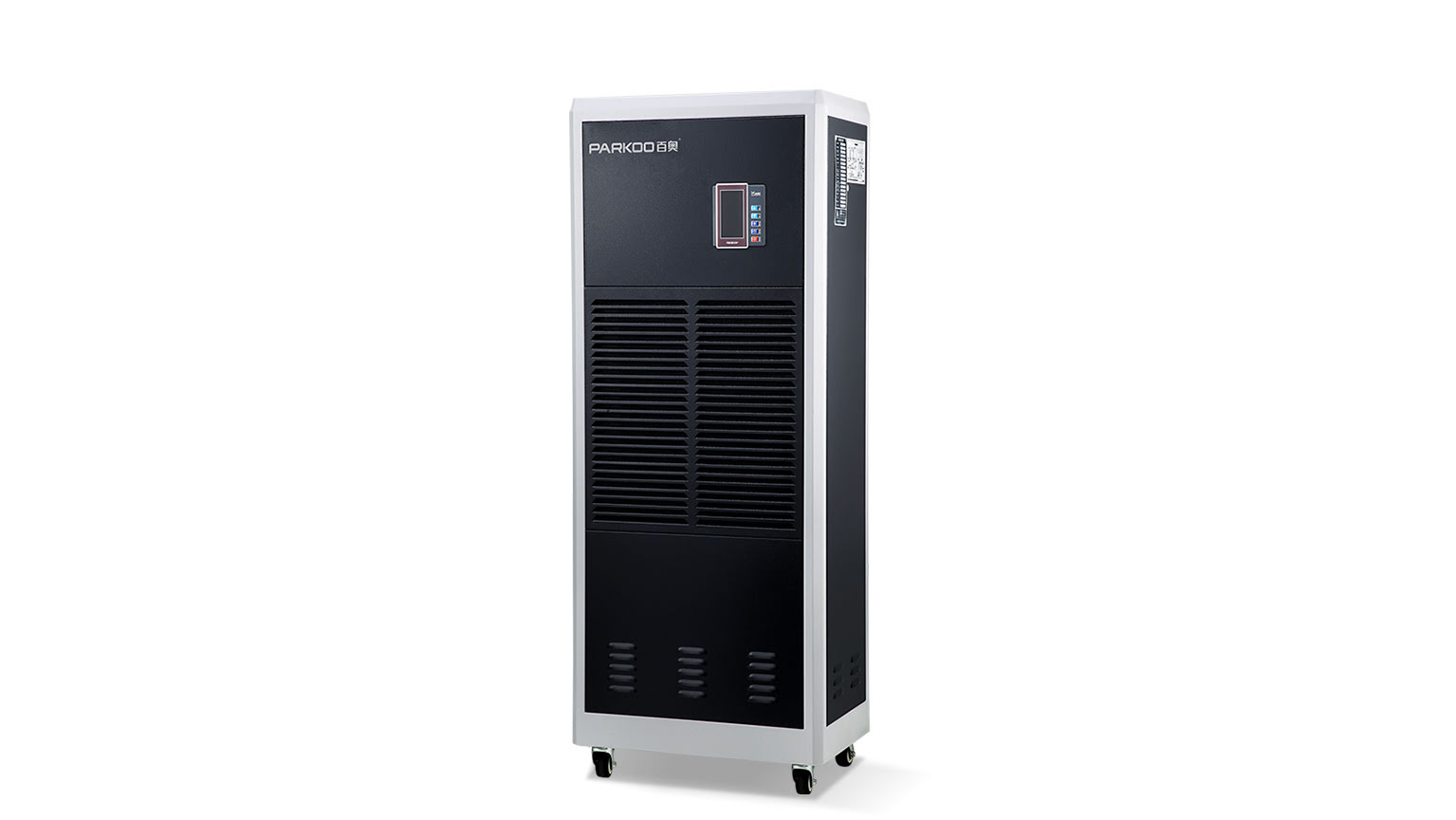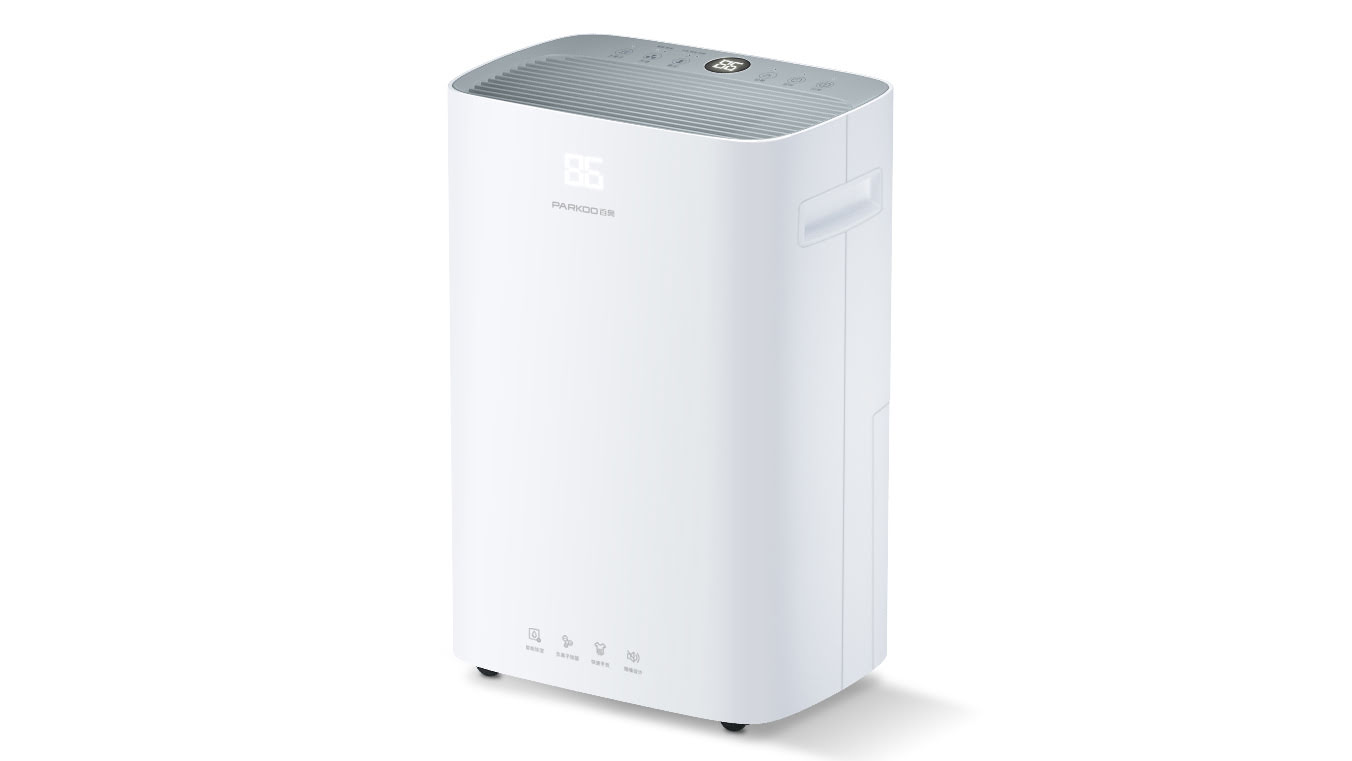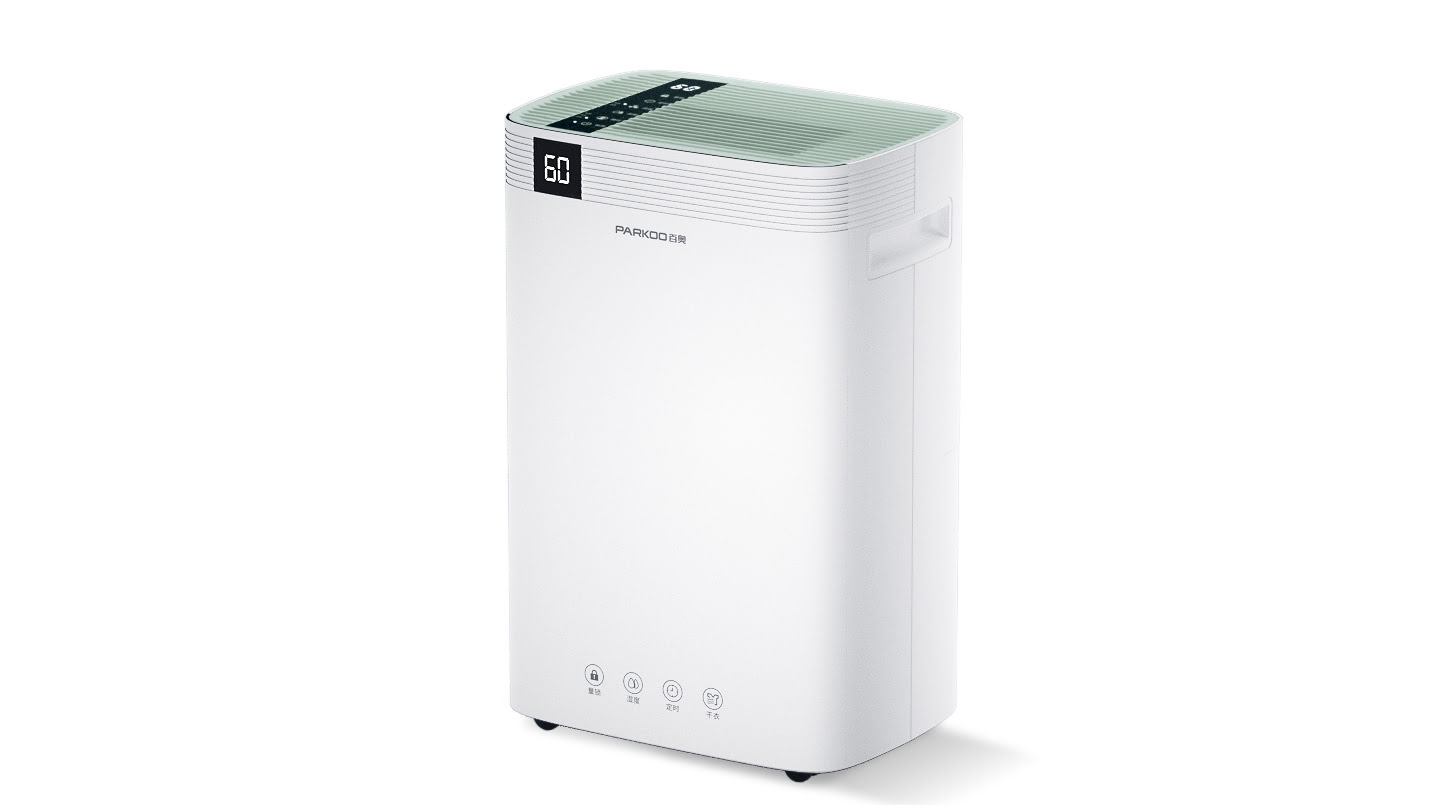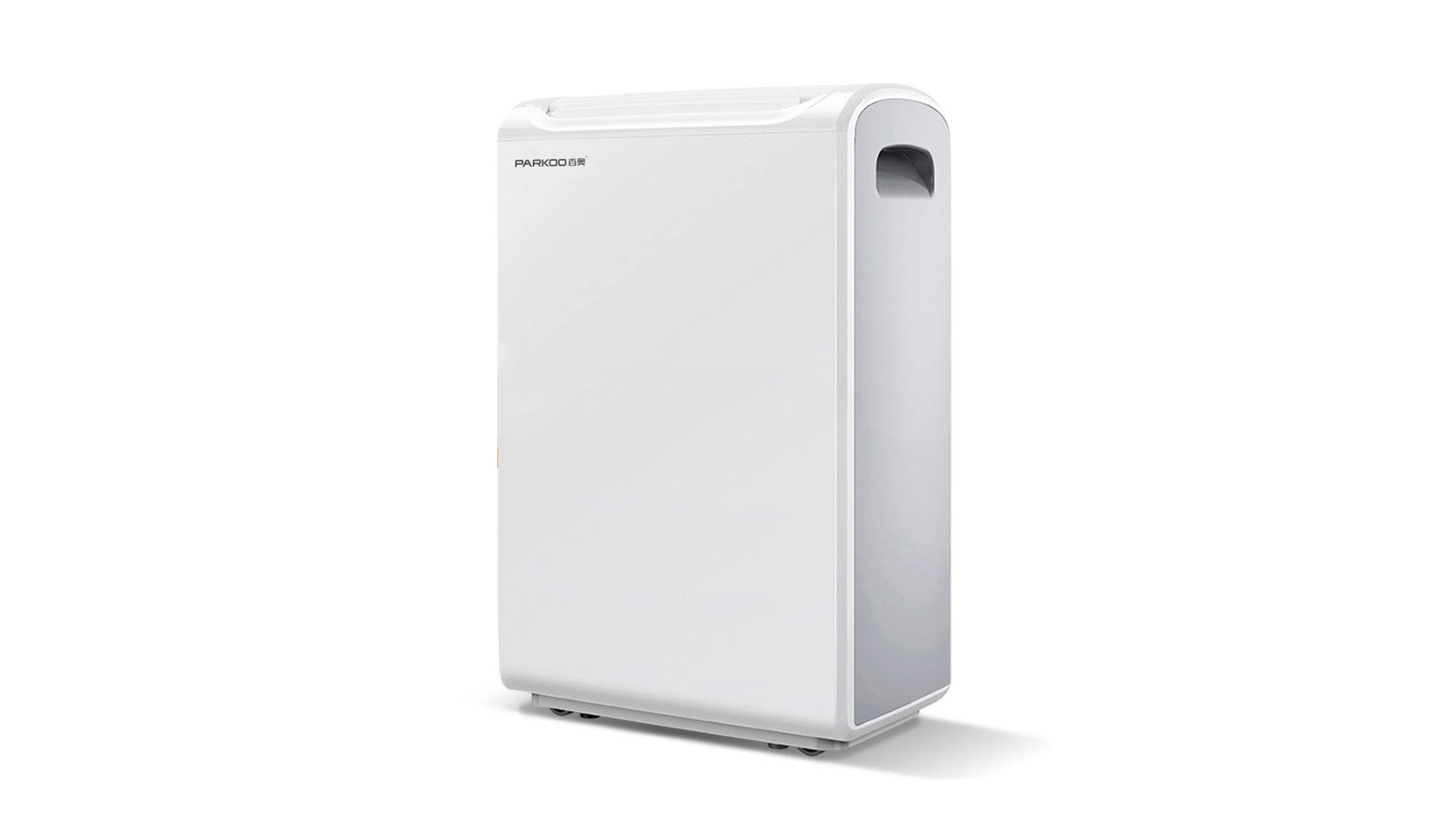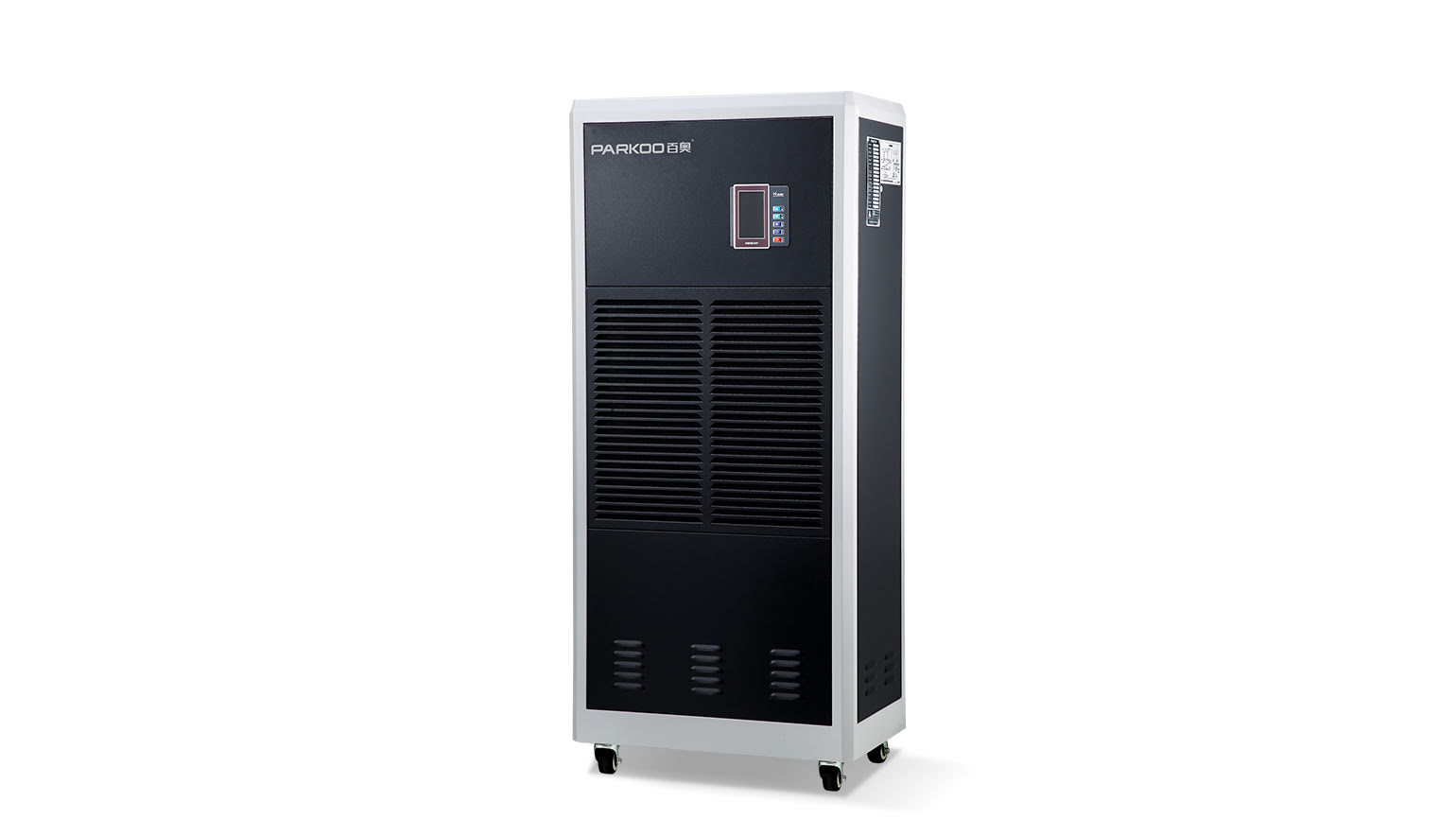AiRTight greenHouses are often airtight. excessive air huMidity in plastic greenhouses inhibits normal transpiration of Plants, slows down normal water circulation in the soil, induces and exacerbates the occurrence of pests and diseases, and tends to Cause flowers and fruits to fall. So, how to reduce indoor air humidity?
1, choose non-drip film. Dropless film can reduce the accumulation of water on the surface of the film, which is conducive to light transmission and temperature.
2、spraying drip agent on the surface of ordinary film can reduce the accumulation of water on the film surface.
3、Cover with plastic film. The film is impermeable to water, which can reduce the evaporation of surface water and the number of irrigation, and achieve the Purpose of reducing air humidity in the shed.
4, ridge cultivation. The high ridge has a large surface area, receives more light during the Day and absorbs more air heat, so the temperature rises quickly, soil Moisture evaporates quickly, and the humidity is not easily high.
5, reasonable watering. In winter, watering cover Vegetables, should do "five irrigation five irrigation, five irrigation five irrigation, not irrigation". that is to say, no sunlight, no cloudy, no irrigation before watering, no watering later (before noon, after noon), no Small irrigation (small irrigation, small irrigation), no Cooling (in the winter, the water temperature is very low, it should be warmed up in the canopy first, and then when the water temperature is close to the ground temperature and then irrigate. No darkness (irrigation darkness). Water, no water. At the same time, vigorously promote drip irrigation, flood irrigation and other new irrigation technologies.
6, dehumidifier deHumidification method, can be timed, and set the humidity value of the automatic dehumidifier, very convenient and practical, but in the plant shed, dehumidifier is easy to be affected by Environmental problems, so the purchase of dehumidifiers, it is recommended that the addition of corrosion. this will Extend the life of the dehumidifier, maximize the Benefits!
7, ventilation and dehumidification. Ventilation is the most basic dehumidification method for plastic greenhouses. within a day, the best time for ventilation and dehumidification is noon, because during this period, the humidity inside and outside the shed varies greatly, and the humidity is easier to discharge. Ventilation should be prolonged as long as possible while Maintaining temperature requirements. In addition, special attention should be paid to intensifying ventilation and dehumidification 2-3 days after watering the greenhouse, 1-2 days after foliar Application of fertilizers (medicines), and before and after sunset on rainy days (snow).
8, plow the soil. After the ground is watered, the furrow should be plowed up in time to destroy the capillaries of the surface soil and Prevent the water in the lower soil from moving to the surface soil.
9, artificial hygrosCOPicity. If the humidity in the shed is too high, you can sprinkle some straw, wheat straw, straw ash or fine dry soil between the rows, and pile hygroscopic materials such as quicklime in a free position in the shed to absorb water.
